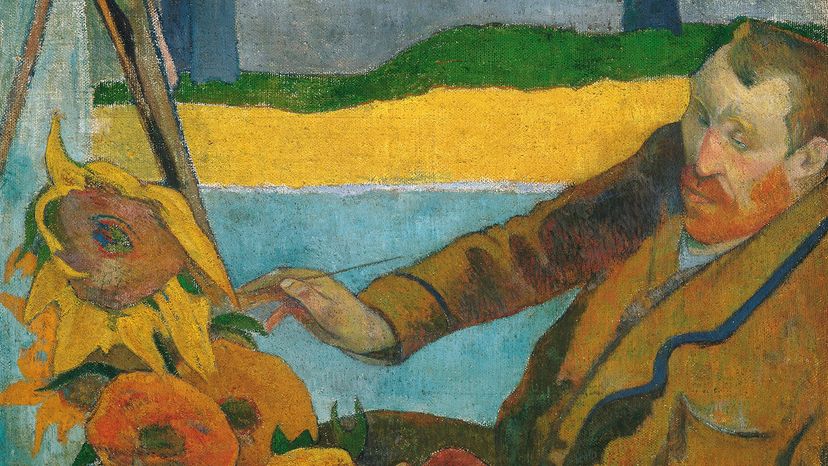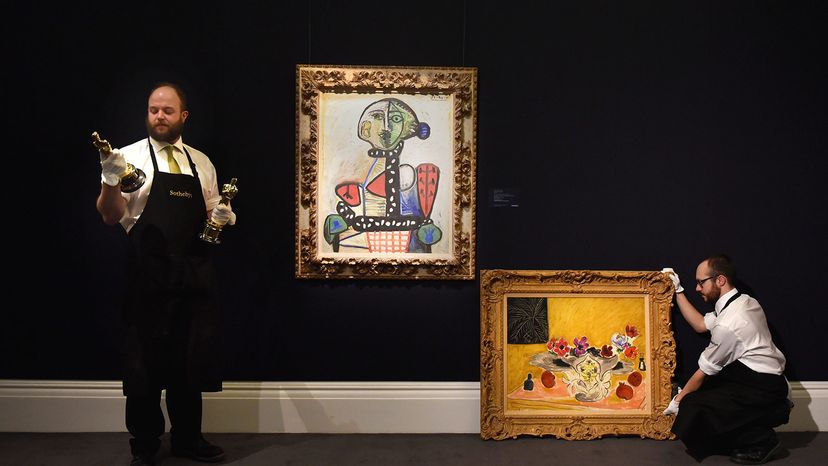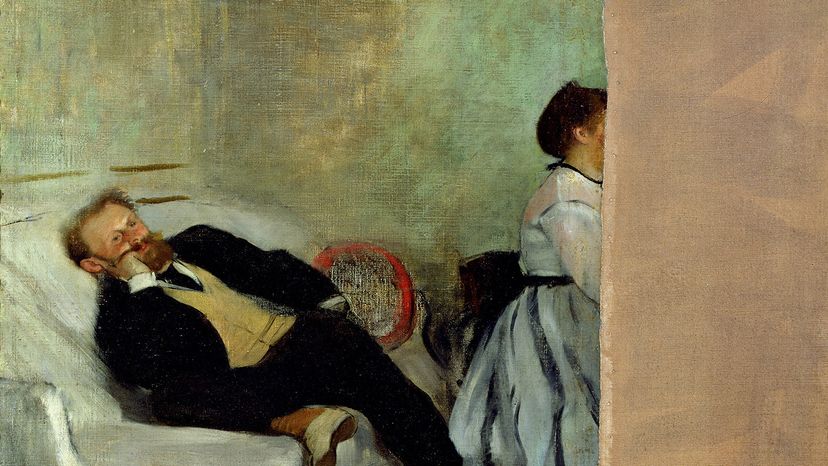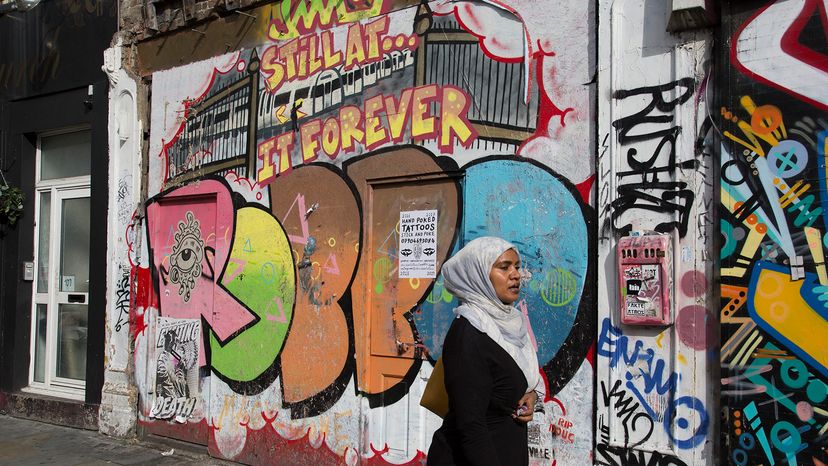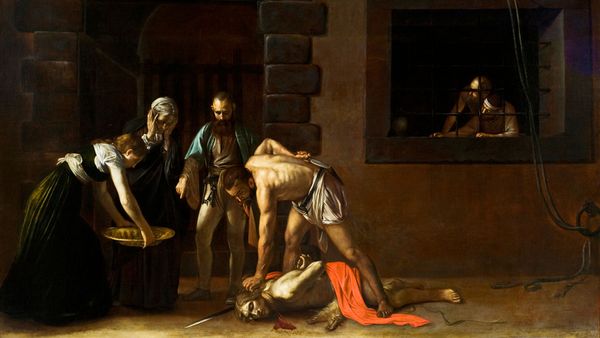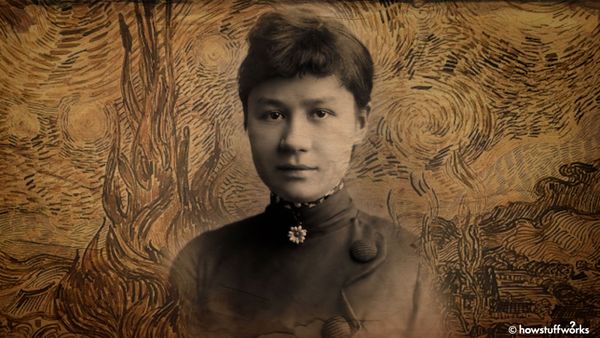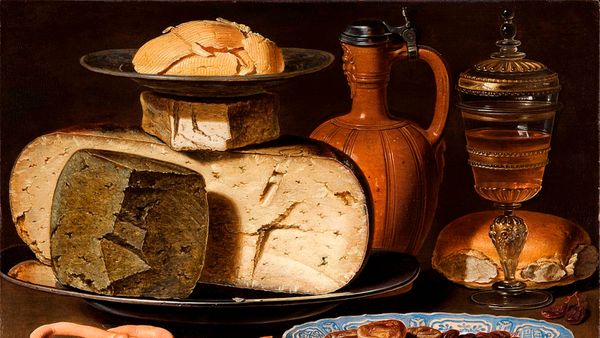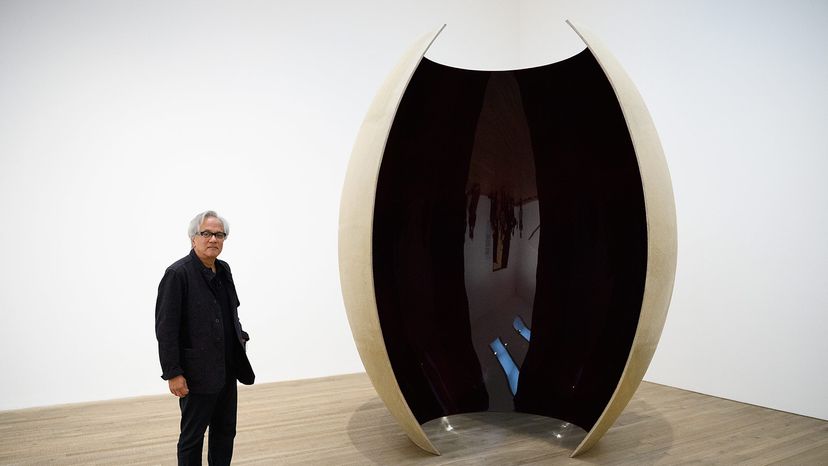
British-Indian artist and sculptor Anish Kapoor had been famous for over 30 years when he bought exclusive rights to use a color called Vantablack as an art material. Vantablack at the time (2016) was the blackest pigment out there, absorbing 99.965 percent of visible light. This maneuver meant no other artist could use it, causing outrage among painters. In retaliation, another British artist named Stuart Semple created a pink paint called Pinkest Pink and put it for sale on his website. He also listed a disclaimer:
"By adding this product to your cart you confirm that you are not Anish Kapoor, you are in no way affiliated to Anish Kapoor, you are not purchasing this item on behalf of Anish Kapoor or an associate of Anish Kapoor. To the best of your knowledge, information and belief this paint will not make its way into the hands of Anish Kapoor."
Advertisement
Sales flooded in and artists who used the pink paint posted pictures on social media of their work with the hashtag #sharetheblack. As revenge, Kapoor had a representative buy the color and shared an Instagram picture of himself giving a pink-coated finger to the camera. He also said he would be suing Semple, though it doesn't seem as if a lawsuit was ever filed. At the same time, Semple made his own version of blackest-black paint with help from other artists, which anyone could purchase (except one person).
This somewhat petty feud is just one of many in the art world, where fierce rivalries can develop between artists. Here are five of them.
Advertisement
